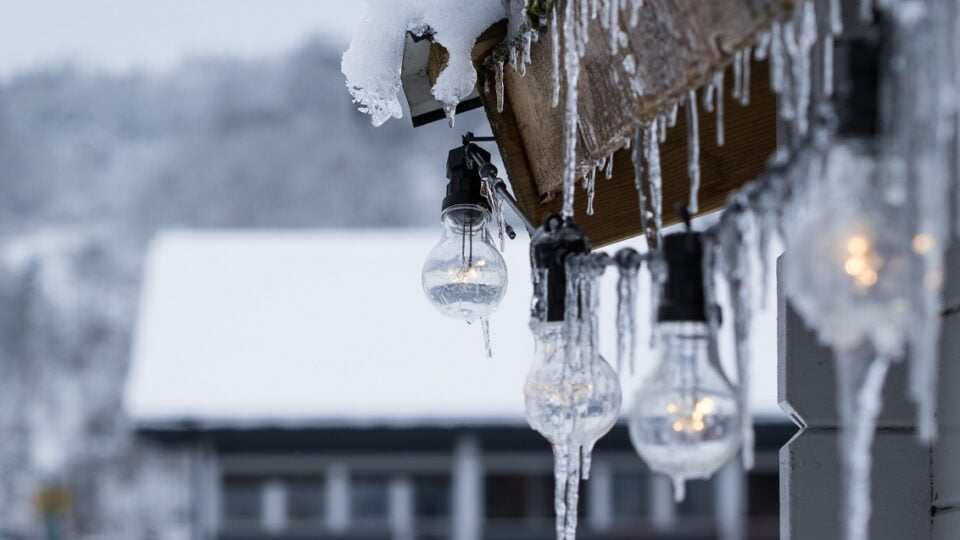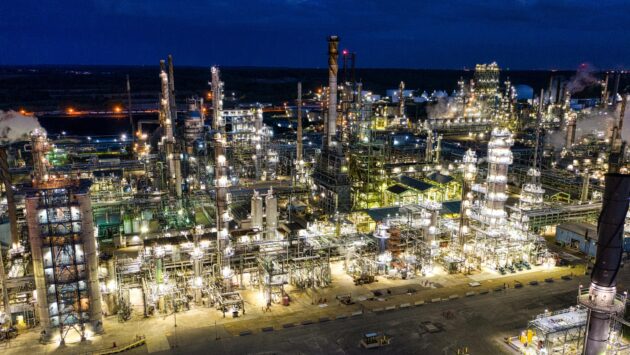Do LED lights work in cold weather?
Do LED Lights Work in Cold Weather?
LED lights are becoming increasingly popular for outdoor lighting applications, but many people wonder if they will work in cold weather. The answer is yes, LED lights are designed to operate in a wide range of temperatures, including cold weather. In this blog post, we’ll explore the science behind LED lights and how they work in cold weather.
How Do LED Lights Work?
LED stands for light-emitting diode. A diode is an electrical component that allows current to flow in one direction only. When electricity passes through a diode, it emits light. LEDs are made up of two layers of semiconductor material that form a junction when connected to a power source. When electricity passes through this junction, electrons move from one layer to the other and release energy in the form of photons (light).
What Makes LED Lights Suitable for Cold Weather?
LED lights are designed to be more efficient than traditional incandescent bulbs because they generate less heat and use less energy. This makes them ideal for use in cold climates because they don’t require additional cooling systems or insulation to prevent them from overheating. Additionally, LEDs have a much longer lifespan than traditional bulbs, which means they can last up to 50 times longer than incandescent bulbs even when exposed to extreme temperatures.
Are There Any Drawbacks to Using LEDs in Cold Weather?
Although LEDs are well-suited for cold climates, there are some drawbacks that should be considered before using them outdoors in winter months. For example, LEDs can become dimmer at lower temperatures due to their reduced efficiency at colder temperatures. Additionally, some types of LEDs may not be suitable for use in extremely cold climates due to their sensitivity to moisture and condensation build-up on the components. It’s important to research the type of LED you plan on using before installing it outdoors during winter months.
Conclusion
LED lights are an energy-efficient and long-lasting option for both indoor and outdoor lighting applications, including those used in cold climates. They don’t require additional cooling systems or insulation like traditional bulbs do and can last up to 50 times longer than incandescent bulbs even when exposed to extreme temperatures. However, it’s important to research the type of LED you plan on using before installing it outdoors during winter months as some types may not be suitable for extremely cold climates due to their sensitivity to moisture and condensation build-up on the components.
Call us on 01388 814089 if you have any questions or check out our Outdoor LED Lighting.




